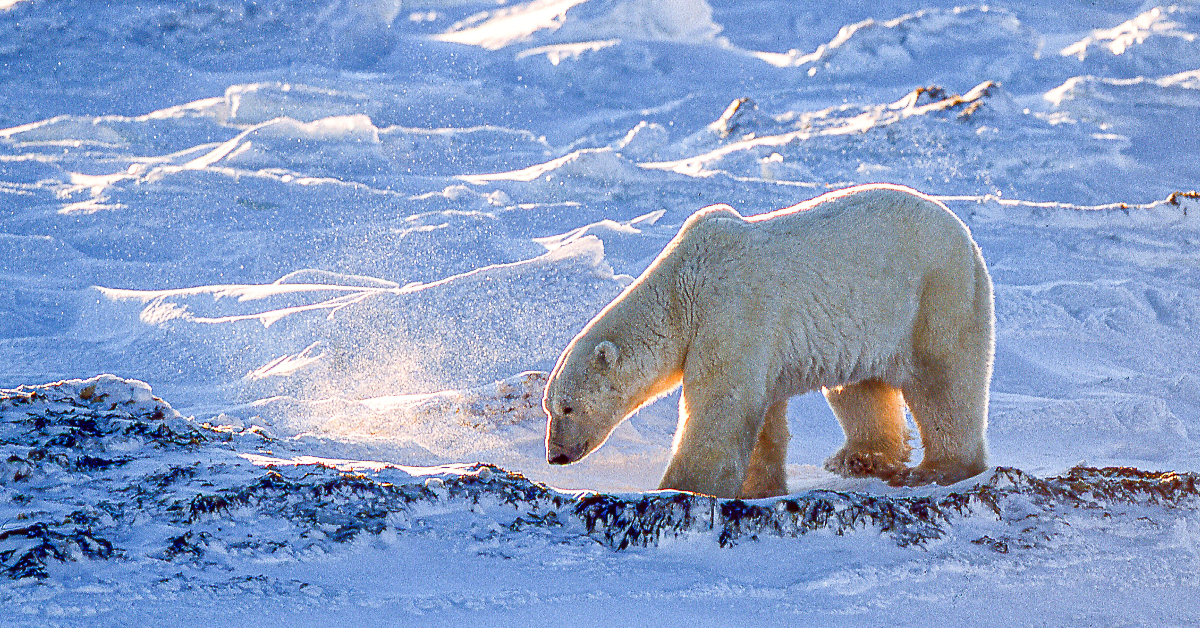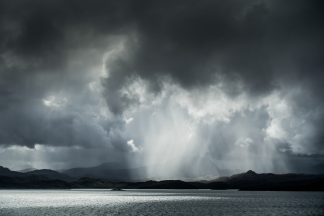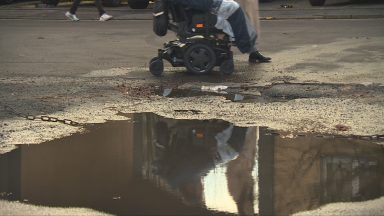Polar bears in Canada’s Western Hudson Bay are continuing to die in high numbers, a survey has found.
Research shows that females and bear cubs are having an especially hard time in the bay on the southern edge of the Arctic.
Western Hudson Bay – home to Churchill, the town known as “the Polar Bear Capital of the World” – was surveyed by air in 2021, with scientists estimating there were 618 bears, compared to the 842 in 2016, when a count was last carried out.
Andrew Derocher, a biology professor at the University of Alberta who has studied Hudson Bay polar bears for nearly four decades, said: “The actual decline is a lot larger than I would have expected.”
Since the 1980s, the number of bears in the region has fallen by nearly 50%, the authors found. The ice essential to their survival is disappearing.
Polar bears rely on Arctic sea ice – frozen ocean water – that shrinks in the summer with warmer temperatures before forming again in the long winter.
The carnivores use it to hunt, perching near holes in the thick ice to spot seals, their favourite food, coming up for air.
But as the Arctic has warmed twice as fast as the rest of the world because of climate change, sea ice is cracking earlier in the year and taking longer to freeze in the autumn.
That has left many polar bears that live across the Arctic with less ice on which to live, hunt and reproduce.
Polar bears are not only critical predators in the Arctic. For years, before climate change began affecting people around the globe, they were also the best-known face of climate change.
Researchers said the concentration of deaths in young bears and females in Western Hudson Bay is particularly alarming.
“Those are the types of bears we’ve always predicted would be affected by changes in the environment,” said Stephen Atkinson, the lead author, who has studied polar bears for more than 30 years.
Young bears need energy to grow and cannot survive long periods without enough food, and female bears struggle because they expend so much energy nursing and rearing offspring.
Prof Derocher, who was not involved in the study, said: “It certainly raises issues about the ongoing viability.
“That is the reproductive engine of the population.”
The capacity for polar bears in the Western Hudson Bay to reproduce will diminish, Mr Atkinson said, “because you simply have fewer young bears that survive and become adults”.
Follow STV News on WhatsApp
Scan the QR code on your mobile device for all the latest news from around the country


 iStock
iStock

























